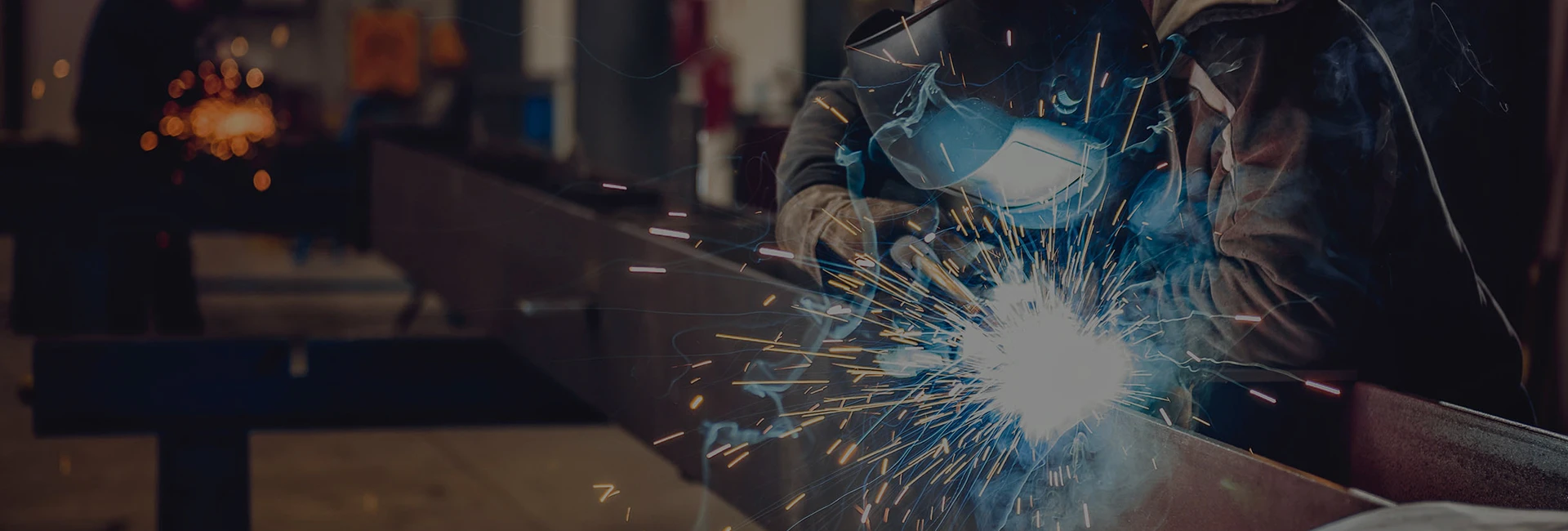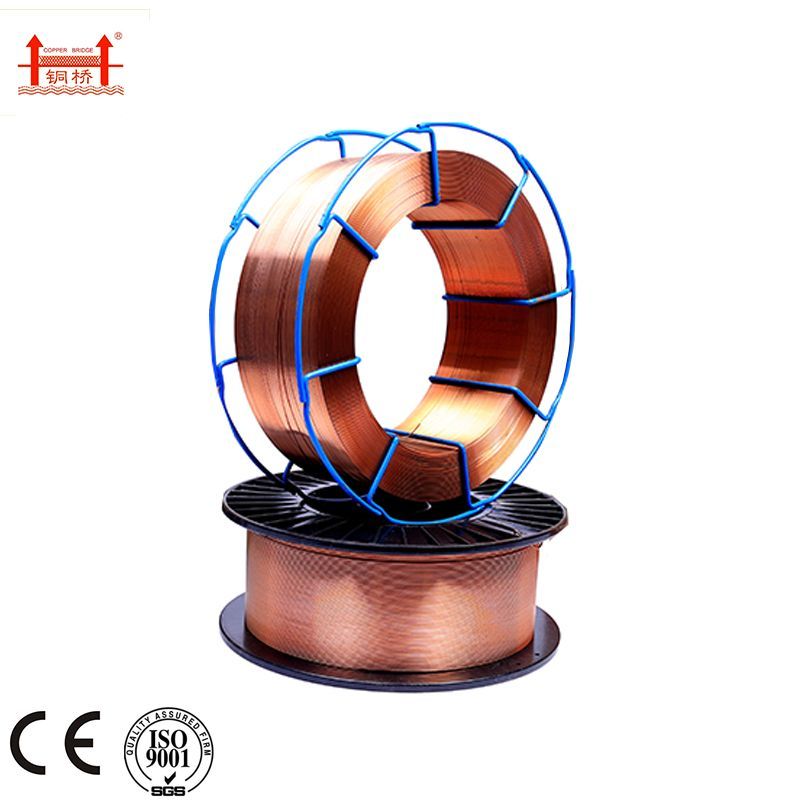Argon-arc welding wire is a filler material used in the Tungsten Inert Gas (TIG) welding process, where argon gas acts as the shielding gas to protect the weld pool from atmospheric contamination. In TIG welding, a non-consumable tungsten electrode generates the arc, while the argon-arc welding wire is fed manually or automatically into the molten weld pool to create a strong joint.
The wire is typically made of carbon steel, stainless steel, aluminum, or other alloys, depending on the base material being welded. It is available in various diameters to accommodate different welding thicknesses and applications. Argon gas, being inert, creates a clean and stable arc environment, preventing oxidation and ensuring high-quality welds.
What Are the Advantages of Using Argon-Arc Welding Wire in Tig Welding?
Using argon-arc welding wire in TIG welding provides several advantages, making it one of the most preferred methods for achieving clean, high-quality welds.
The first major advantage is precise control over the welding process. TIG welding allows the welder to manually control the wire feed and heat input, which results in better weld precision and cleaner weld beads. This makes it ideal for welding thin materials, intricate joints, and critical applications where accuracy is essential.
Another benefit is the clean weld appearance achieved with argon-arc welding wire. The use of pure argon as a shielding gas prevents oxidation, contamination, and spatter, producing smooth, aesthetically pleasing welds. This is especially important in industries like aerospace, food processing, and medical equipment manufacturing, where weld appearance and quality are crucial.
Argon-arc welding wire is also compatible with a wide variety of materials, including aluminum, stainless steel, carbon steel, and titanium, making it versatile for different welding applications. Specific wires like ER4043 for aluminum or ER316L for stainless steel ensure optimal mechanical properties and corrosion resistance.
Additionally, TIG welding with argon-arc wire produces strong and defect-free welds. The inert shielding gas protects the weld pool, reducing the risk of porosity, cracking, and other weld defects. This results in high-strength, durable welds that perform well under stress and harsh conditions.
Finally, argon-arc welding wire is ideal for critical and precision fabrication, including aerospace parts, pressure vessels, and pipes. Although TIG welding is slower than other methods like MIG welding, the quality and consistency of the welds make it worth the investment.
Overall, the advantages of using argon-arc welding wire include precise control, clean welds, versatility, and high-strength joints, making it a preferred choice for demanding welding applications.
What Types of Argon-Arc Welding Wires Are Available, And How Do You Choose the Right One?
Argon-arc welding wires are available in various types to suit different base materials and welding requirements. The most common types include aluminum, stainless steel, carbon steel, and specialty alloy wires. Choosing the right wire depends on factors like the base material, mechanical properties, and application requirements.
Aluminum argon-arc welding wires are widely used for welding aluminum alloys. Wires like ER4043 and ER5356 are popular choices. ER4043 is ideal for general-purpose aluminum welding, offering good crack resistance, while ER5356 provides higher strength and better corrosion resistance, especially in marine environments.
Stainless steel wires such as ER308L and ER316L are designed for welding stainless steel components. ER308L is commonly used for austenitic stainless steels, while ER316L offers improved corrosion resistance, making it suitable for applications exposed to chemicals or saltwater.
Carbon steel wires like ER70S-6 are used for welding mild steel and low-alloy steels. These wires provide excellent weld strength and ductility, making them ideal for structural applications, pipelines, and general fabrication.
For specialty applications, argon-arc welding wires made of nickel alloys, titanium, or copper are used. These wires are chosen for their specific properties, such as heat resistance, corrosion resistance, or electrical conductivity.
When selecting the right argon-arc welding wire, consider the following factors:
Base Material Compatibility: Match the wire to the base material for proper fusion and strength.
Weld Requirements: Assess the strength, ductility, and corrosion resistance needed for the application.
Joint Design and Thickness: Choose the appropriate wire diameter based on the thickness of the material.
Application Environment: For corrosive or high-temperature environments, wires with higher alloy content may be necessary.
By selecting the appropriate argon-arc welding wire, welders can achieve strong, clean, and defect-free welds tailored to their specific requirements.






